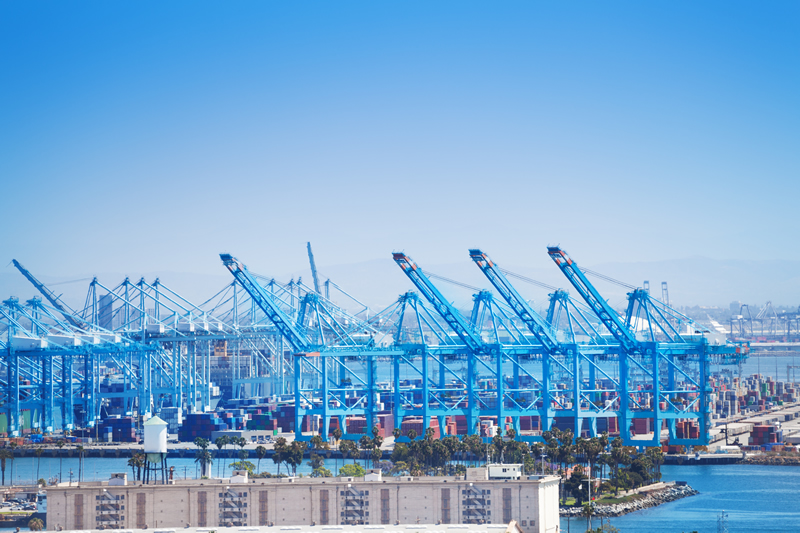US Maritime Energy & Emissions Action Plan Targets Net Zero By 2050
10
The United States has unveiled its Action Plan for Maritime Energy and Emissions Innovation, laying out a comprehensive roadmap to drastically reduce greenhouse gas (GHG) emissions in the maritime sector and achieve near-total decarbonisation by 2050. Central to this plan is the Sustainable Maritime Fuel Grand Challenge, a collaborative public-private initiative aimed at accelerating the development and deployment of low- and zero-emission fuels, such as green ammonia and methanol, alongside modernising shipbuilding and port infrastructure.

Key Actions for Decarbonisation
The plan identifies three primary strategies to decarbonise the maritime industry:
- Sustainable Maritime Grand Challenge - Coordinating with industry to rapidly deploy affordable, competitive, and scalable low-emission fuels and technologies.
- Fuel Transition and Technology Adoption - Promoting the use of green ammonia, methanol, sustainable drop-in fuels, vessel electrification, and hydrogen fuel cell technologies for ocean-going vessels.
- International Leadership - Strengthening commitments through global partnerships such as the International Maritime Organisation (IMO) and initiatives like the Green Shipping Challenge.
Building on the 2023 National Blueprint for Transportation Decarbonisation, the plan focuses on technology solutions tailored to specific vessel types:
- Electrification for harbour craft.
- Biofuel and methanol adoption for ocean-going vessels.
- Hybrid solutions for non-commercial vessels.
Global and Economic Impacts
Aligning with IMO goals, the plan targets increasing the use of zero emission fuels to at least 5% of global maritime energy by 2030. Achieving net zero emissions in the maritime sector is expected to bolster the US economy by:
- Promoting clean energy innovation.
- Enhancing global competitiveness.
- Reducing climate change and air pollution impacts on communities.
The plan calls for strategic initiatives to support:
- Design and production of low and zero-emission vessels.
- Development and bunkering of sustainable maritime fuels.
- Construction of critical port and energy infrastructure.
By 2025, the USA will define standards for sustainable maritime fuels, focusing on both environmental and socio-economic sustainability.
Positioning the USA as a Global Leader
With maritime shipping contributing significantly to global emissions, the US plan positions the nation as a leader in decarbonising international logistics. It also reinforces domestic infrastructure growth and the clean energy transition, aligning economic development with environmental stewardship. This bold roadmap underscores the US's commitment to a sustainable maritime future and its role in shaping global efforts to combat climate change. The need to demonstrate environmental responsibility is key for today’s marine and offshore industries. Protea has a complete Marine emissions monitoring section on our website at https://www.protea.ltd.uk/marine.
#Protea #Emissions #Monitoring #CEMS #FTIR #Gas #Analysers #Shipping #Marine #Carbon #Capture
Other Articles
IMO Postpones Adoption Of Global Net-Zero Shipping Framework
04
Pioneering Carbon Capture Projects Ready For Construction
03
Methanol & Ammonia Deemed Ready As Zero-Emission Shipping Fuels
01
Carbon Capture Storage Reaching A Turning Point In Decarbonisation
13
CCS To Capture 15% Of Shipboard Carbon Emissions By 2050
29
Global Shipping Industry Struggles To Navigate Net Zero Transition
21
Carbon Capture Surges as Economics Policy & Industry Demand Align
14
GHG Emissions At Ports On The Rise Despite Initiatives
07
Carbon Capture Utilisation & Storage In A Nutshell
30
Carbon Capture Reducing Maritime Shipping Emissions
23
